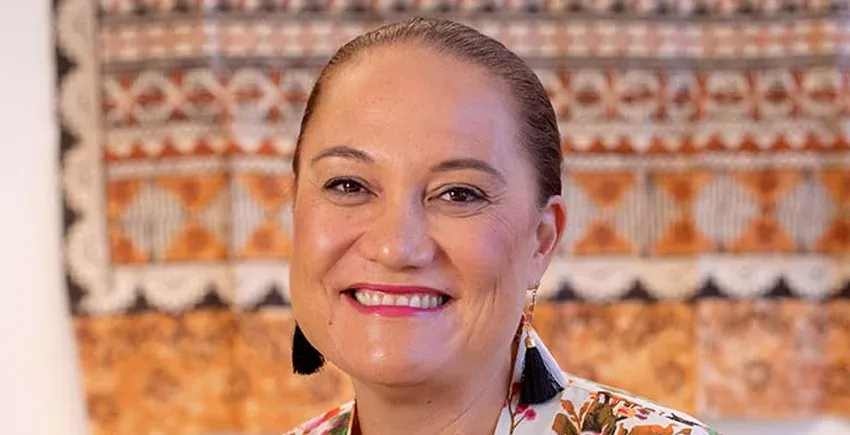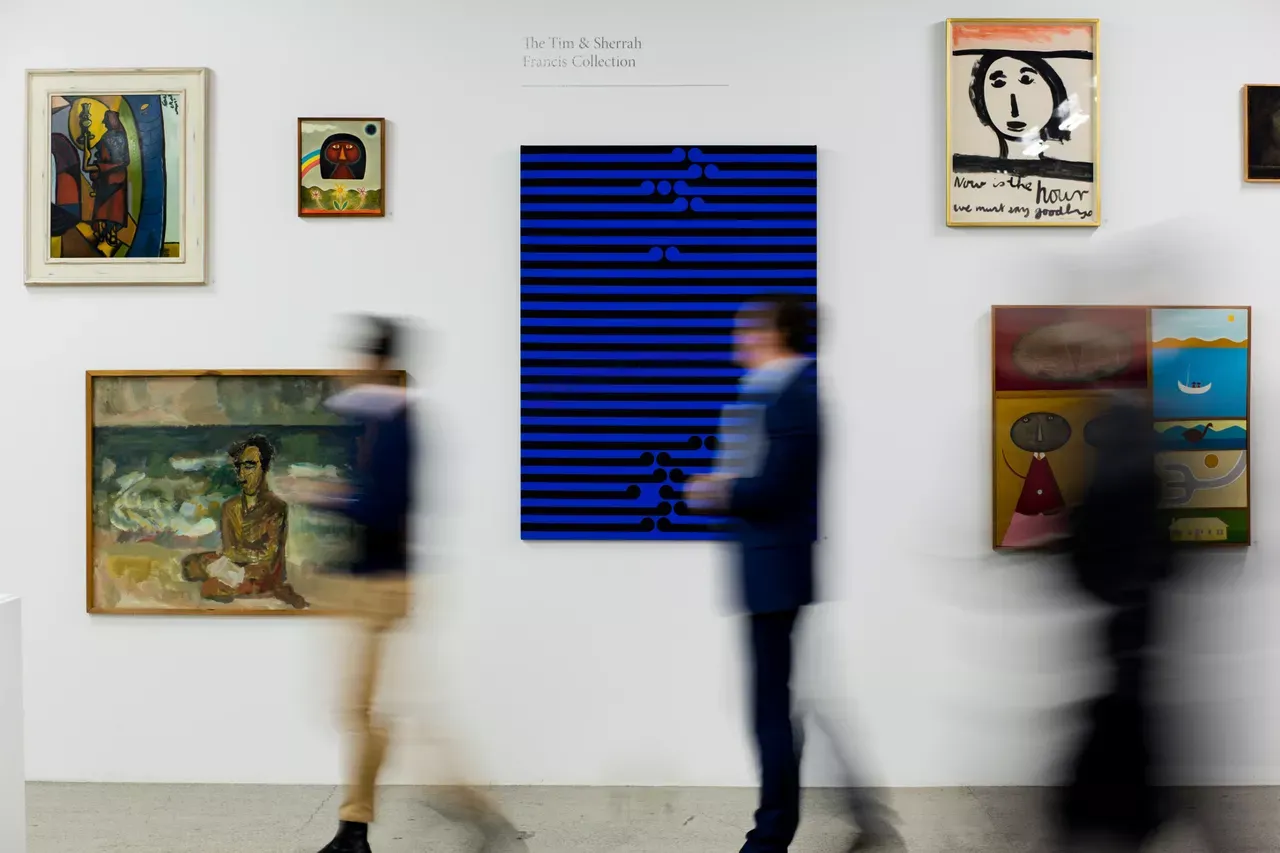Resale Royalty Scheme Finally Reaches Parliament
The latest on how the Resale Right for Visual Artists Bill is expected to put dollar bills in the pockets of artists - all the details you need to know.
Written by

Another crucial step has been taken to getting artists and creatives the respect and reward they deserve for their mahi.
Yesterday (Wednesday 29 March), the Resale Right for Visual Artists Bill was introduced at Parliament and had its First Reading.
The Government describes the scheme as one which will lift incomes for artists, support them beyond the current spike in cost of living and ensure they are properly recognised for their contribution to New Zealand’s economy and culture.
Minister for Arts, Culture and Heritage Carmel Sepuloni states “in line with New Zealand’s Free Trade Agreement with the UK, last year we announced that the Government was establishing an Artist Resale Royalty Scheme. Today (Wednesday), we took the next step in delivering on that, representing a huge milestone in a journey that began fifteen years ago.
“We have introduced a Bill that will ensure creators of visual arts are recognised and rewarded when their work is resold on the secondary art market. Artists have some of the lowest median incomes in New Zealand and have limited opportunities to benefit from their work on an ongoing basis.

“It will establish an Artist Resale Royalty Scheme, which ensures a five percent royalty is collected every time an artist’s work is re-sold - meaning artists will benefit from their creations on an ongoing basis.
"Currently, if an artist’s reputation grows and their art attracts a higher price on the secondary market, the artist does not receive any of the profit in recognition of their intellectual property, hard work, or success.
“Through this Bill, we are recognising the role and contribution of visual artists to our economy, and going some way to ensuring their contributions to New Zealand culture do not go unnoticed.
“More than 80 countries, including Australia, the UK and all EU nations, have a similar royalty scheme in place for their artists, and it’s time for New Zealand to join."
Those overseas examples have helped inform the new Resale Right for Visual Artists Bill - but Sepuloni insists it's been designed with Aotearoa's unique context in mind.
“This is seen in the definition of visual artwork in the Bill, where visual works of cultural expression of Māori and Pacific peoples are included in the scheme. I’m proud this Bill has been developed specifically acknowledging our country’s vibrant and unique visual arts scene.
“Extensive engagement with key sector stakeholders in the arts and culture sector and secondary art market has already helped design the Bill. Members of the public will also have an opportunity to provide submissions through the select committee process and I encourage everyone with an interest to do so.
“I am confident that Aotearoa New Zealand will reap the benefits of such a scheme. Australia put a similar scheme in place over a decade ago, and from June 2010 to April 2022, $11 million Australian dollars has been generated in royalties for visual artists.
An artist resale royalty scheme in Aotearoa New Zealand is long overdue. I’m confident that this Bill strikes an important balance between recognising the contribution that artists make to our communities and the economy, whilst allowing a valuable secondary art market to flourish and protecting artists at the same time.
Sector reaction
Among those stakeholders include the influential trio of artists Judy Darragh, Reuben Paterson and Dane Mitchell - who established Equity for Artists, with this as its driving kaupapa and have been part of shaping this new legislation.
They told The Big Idea "Equity for Artists have been working closely with the Ministry of Culture and Heritage over the past few months in an advisory role as the legislation has taken shape and have sought to communicate the necessity for this legislation — already implemented in over 80 other countries — back out to the wider arts communities across Aotearoa.
"We will now aim to keep you informed as to how to enrol as an artist or an estate so as to benefit from this legislation once it is up and running and encourage all secondary market operators to celebrate the ongoing rights of artists.
"We also wish to add that this is just one change we hope the government might make in seeking to find tangible ways to transform artist’s lives — we hope that with this change underway, conversations will continue with the Ministry so as to develop other ways we can uplift the lives of artists in Aotearoa through reform."
So here are the details we know so far...

What
Under the Free Trade Agreement with the UK, New Zealand has to introduce a scheme within two years of the agreement entering into force.
The resale right will apply to resales of visual artwork which occur after its first transfer or sale, which meet a specified threshold in value, and which involve an art market professional or are to/from a publicly funded art gallery or museum.
The royalty will be an additional five percent on the resale price (before any additional costs such as GST and buyer’s premium), with the duration to mirror that of copyright, which is currently the life of the artist plus 50 years after death.
The resale right will be inalienable and unable to be waived or transferred, except upon the artist’s death. The right can be held individually or jointly.
Who
It will be on offer to all New Zealand citizens - wherever they live in the world - and individuals domiciled or resident in New Zealand, as well as to citizens and residents of countries with which New Zealand has a reciprocal agreement in place.
How
A non-government, not-for-profit collection agency - to be monitored by MCH - will be authorised to manage the scheme and, in return, will be entitled to deduct an administrative fee from royalties collected.
The seller and the art market professional will be jointly and severally liable for payment of the resale royalty. If there is no art market professional, then the seller and buyer will be liable.
A resale royalty will always be collected on an eligible resale, but artists can decline to receive a royalty payment.
Private sales between two individuals are not required to pay a royalty, however, private sales can opt into the scheme and voluntarily pay a royalty if desired.
More water needs to go under the bridge before this Bill puts dollar bills into the pockets of artists, but it's beginning to take shape.